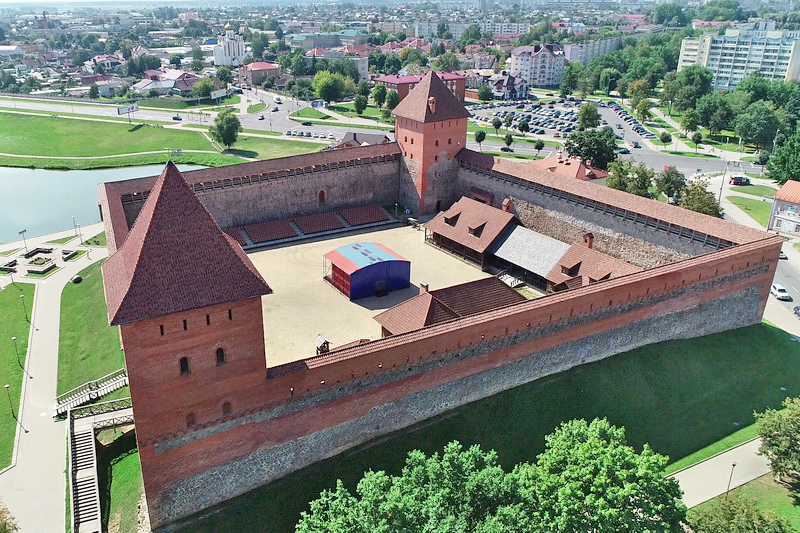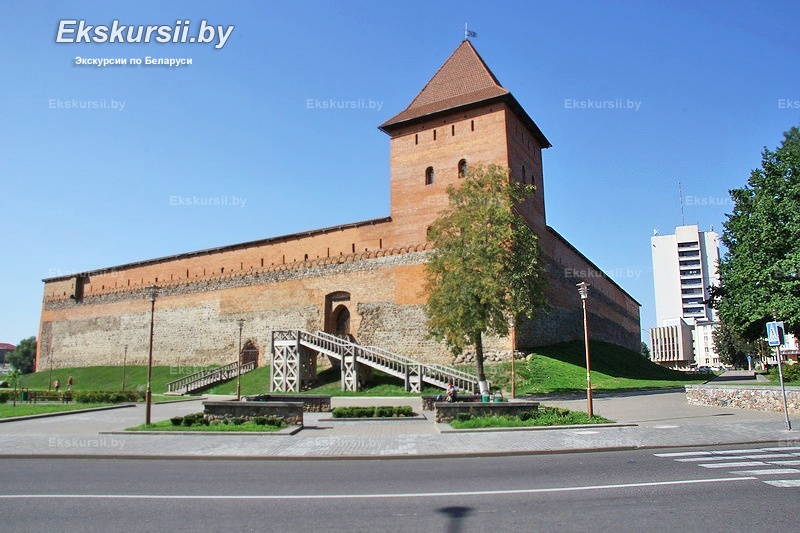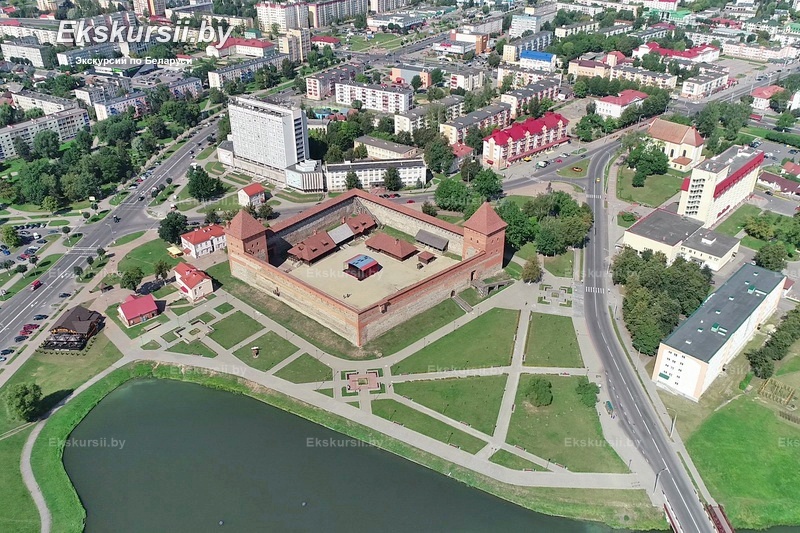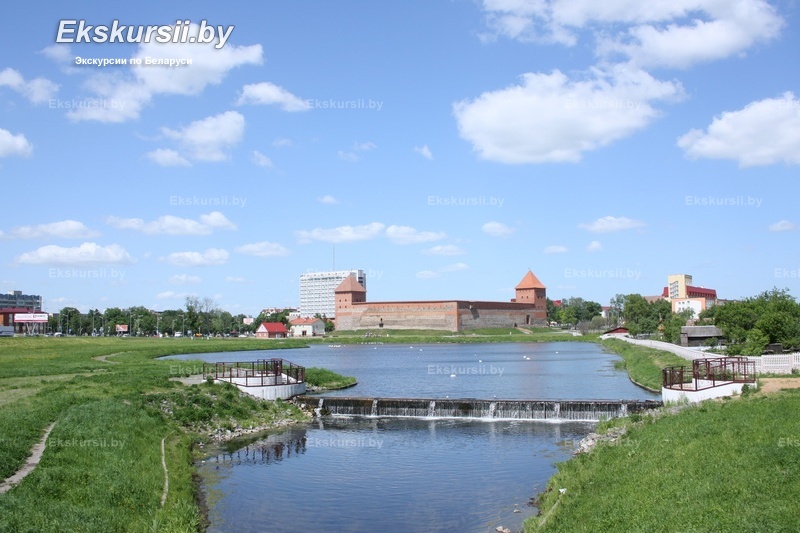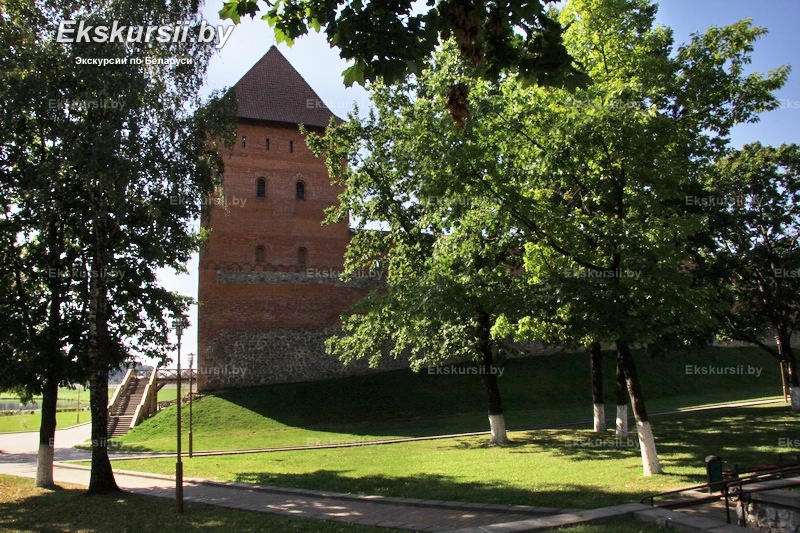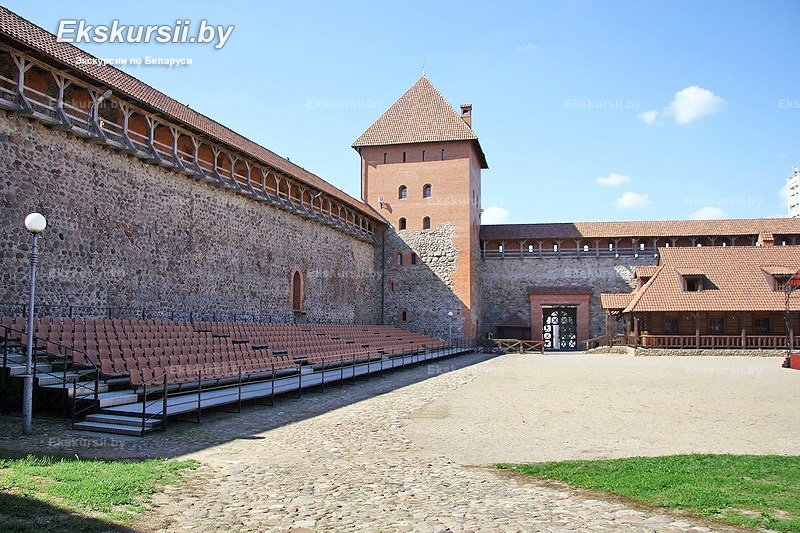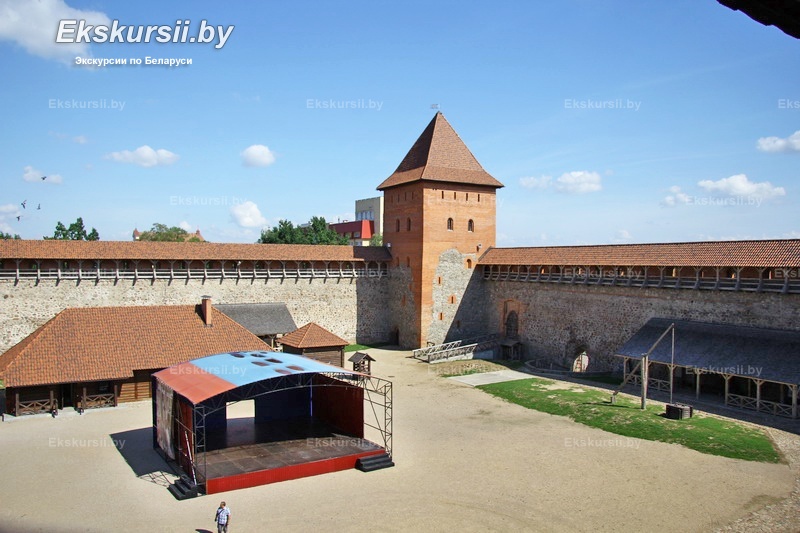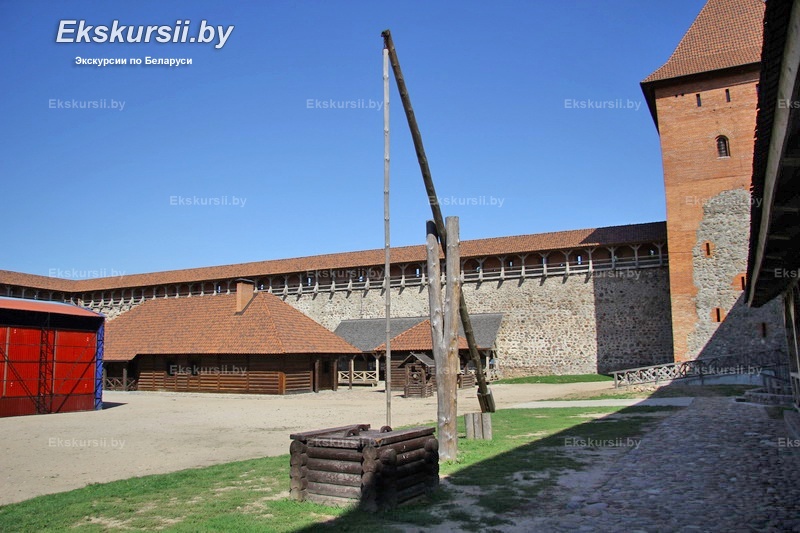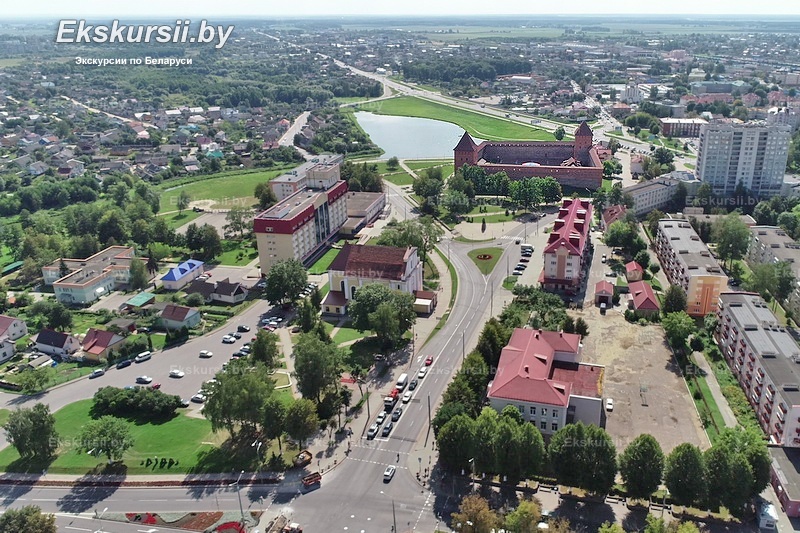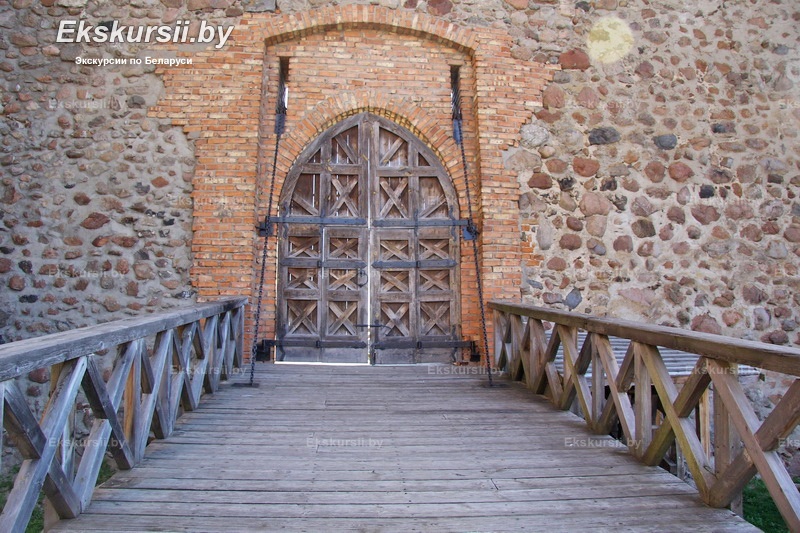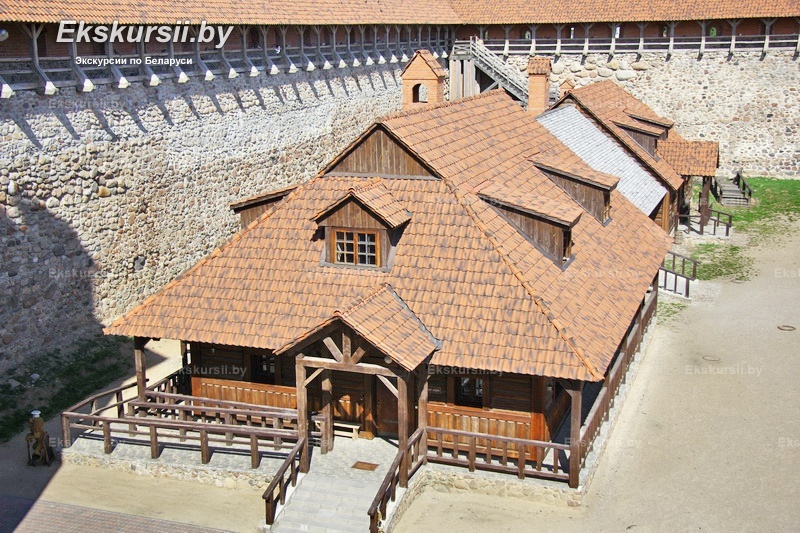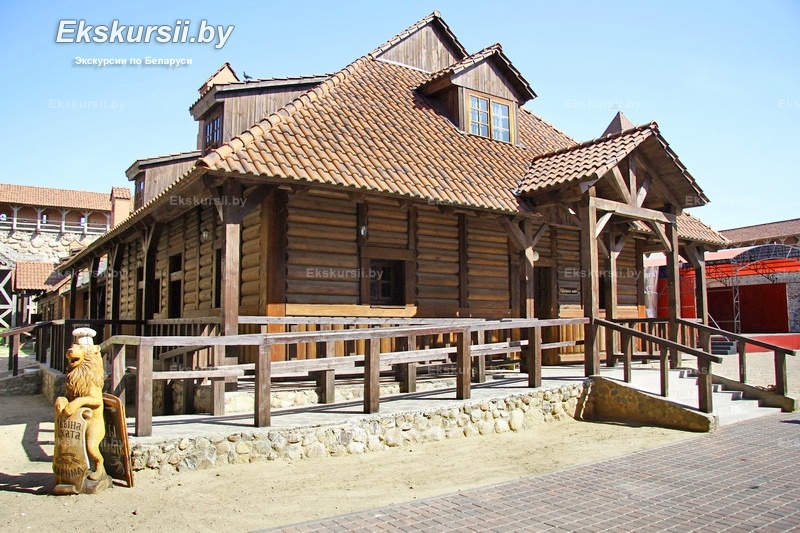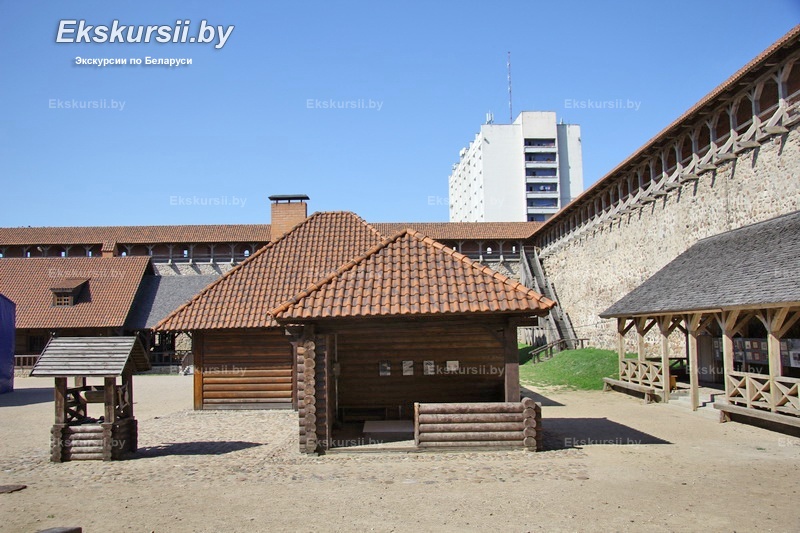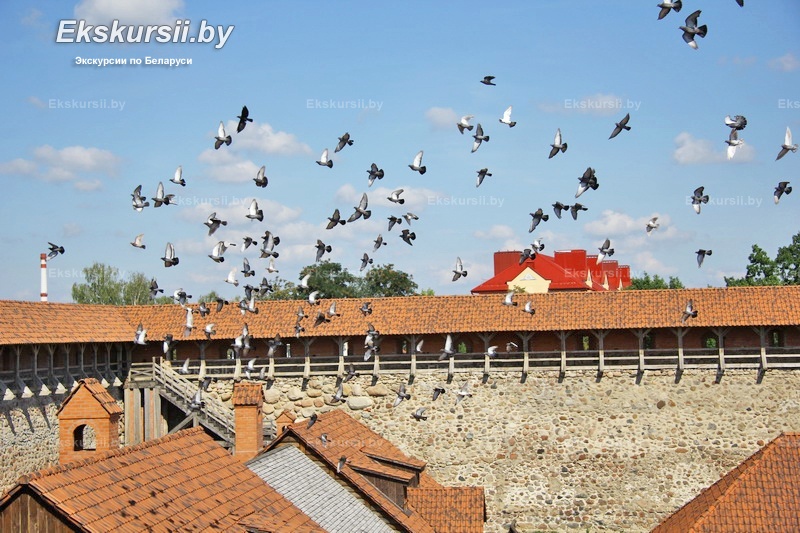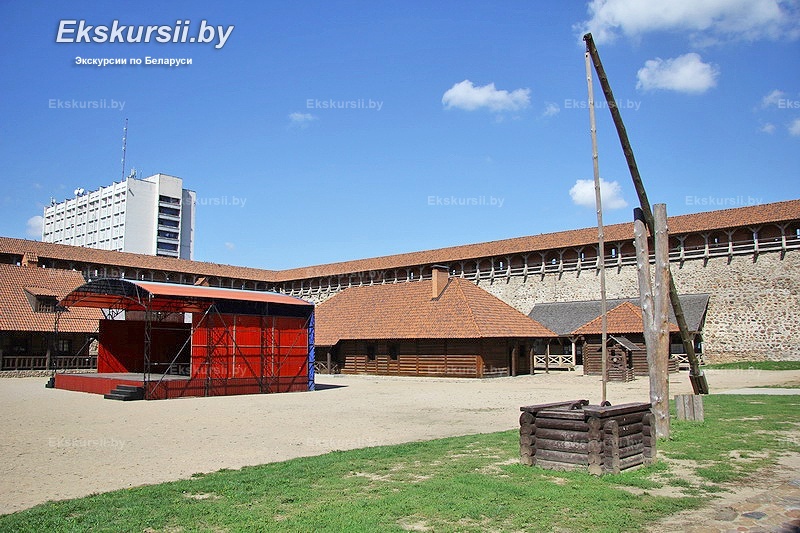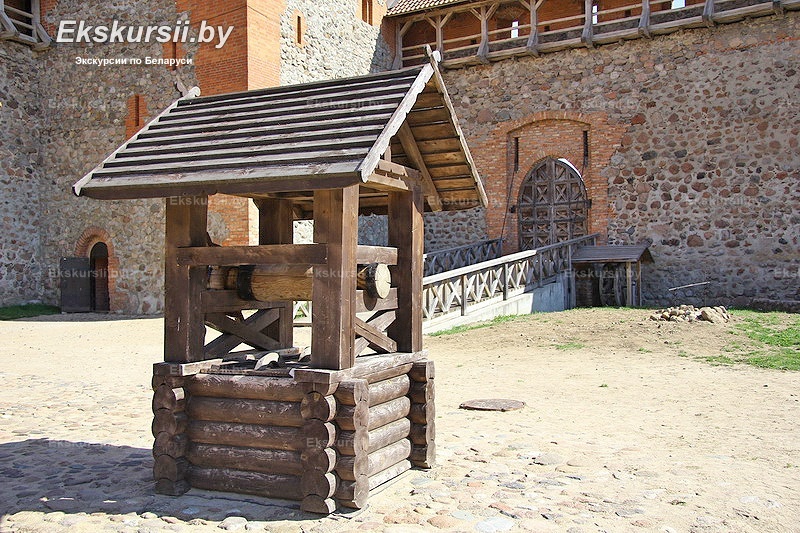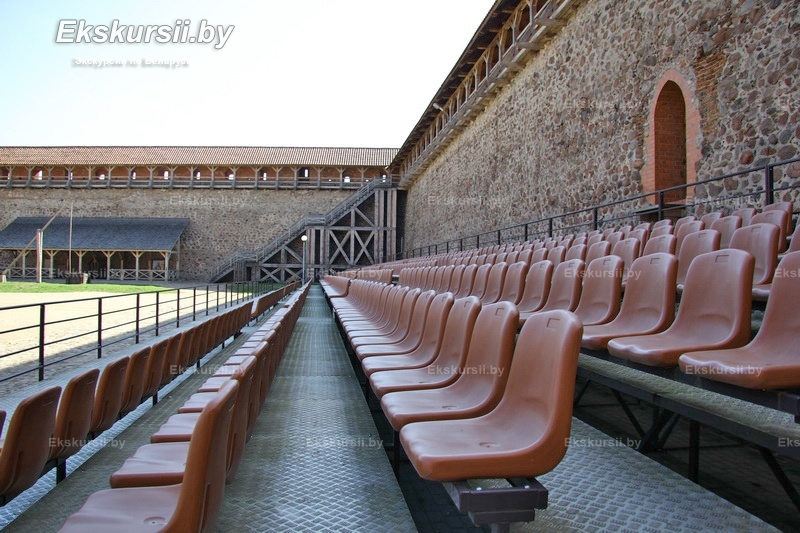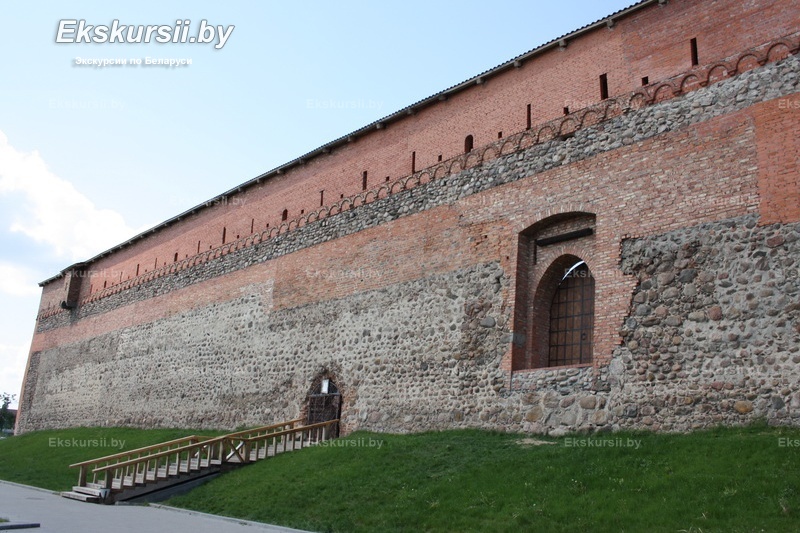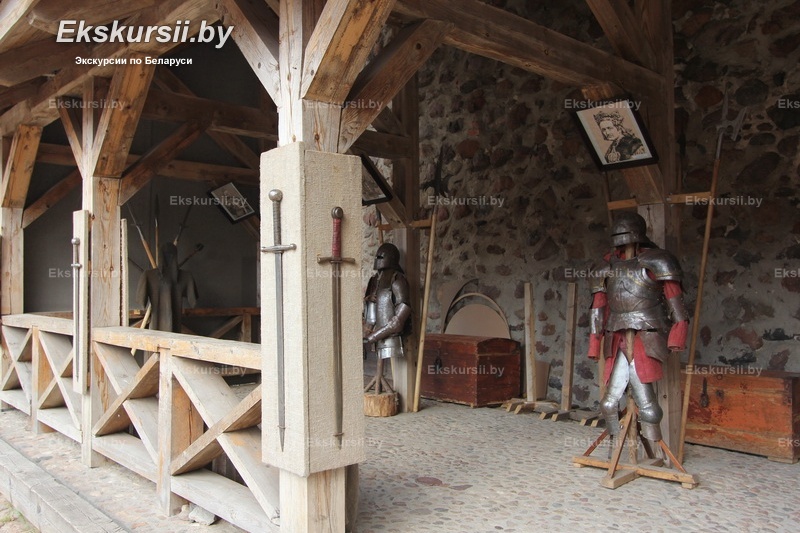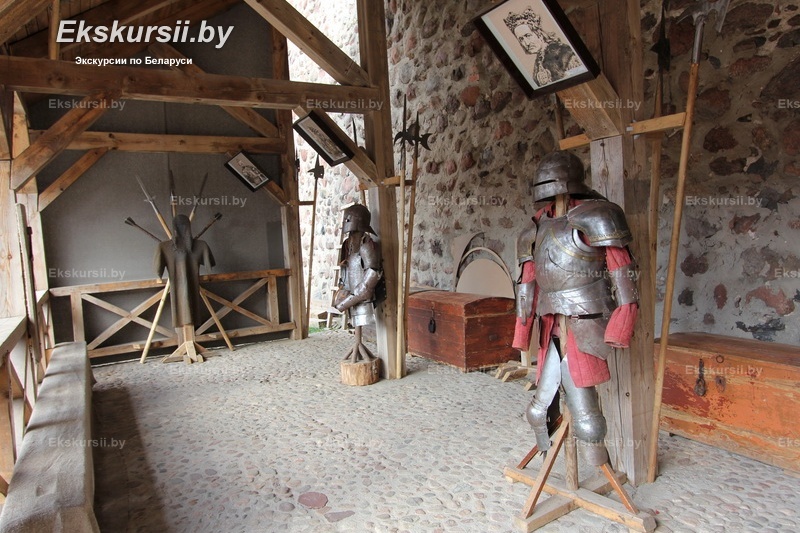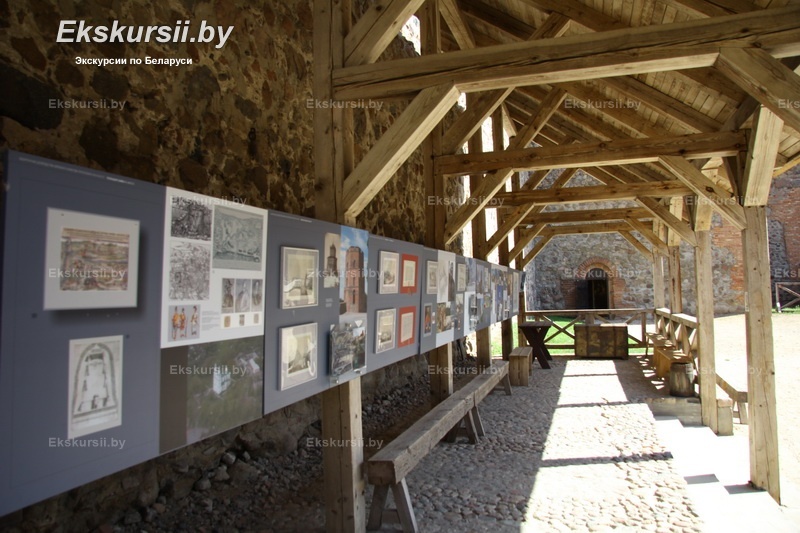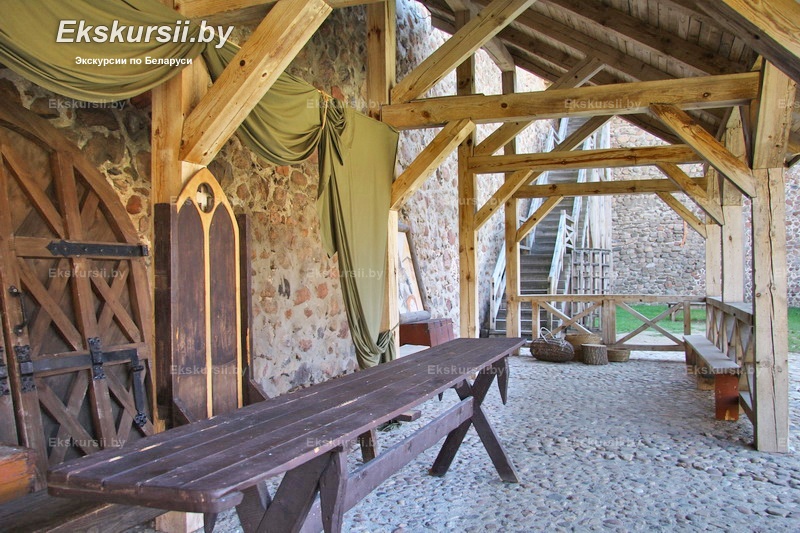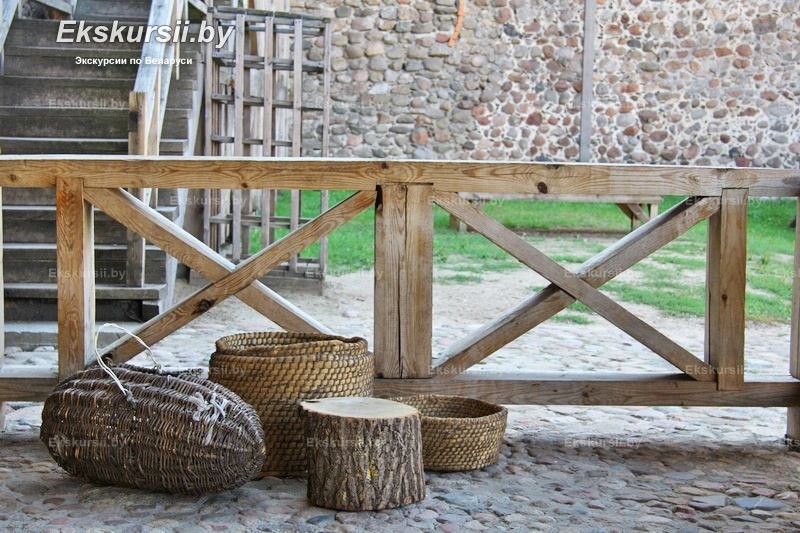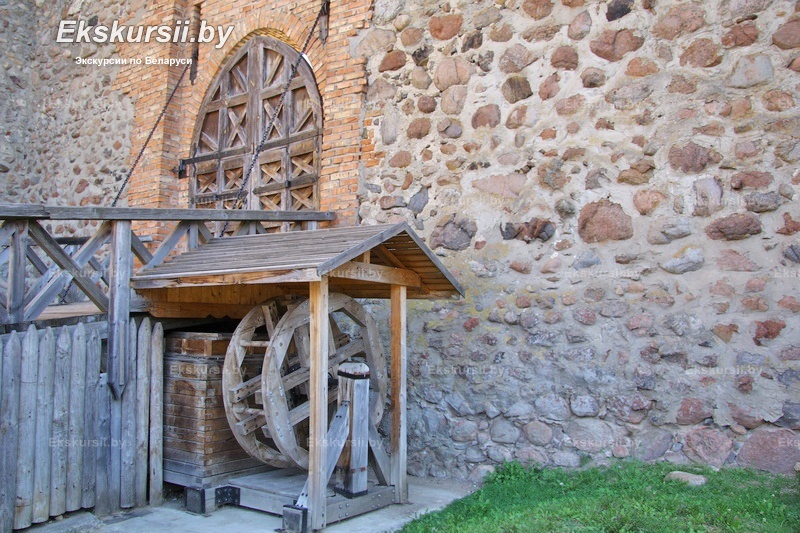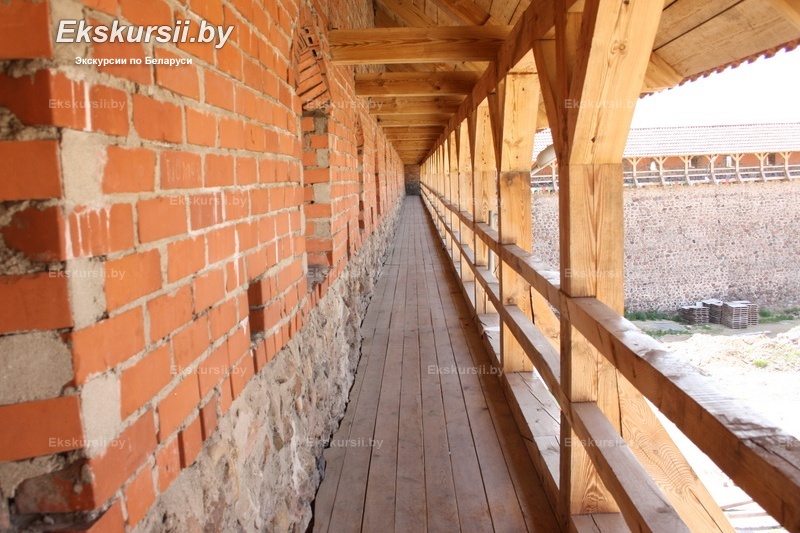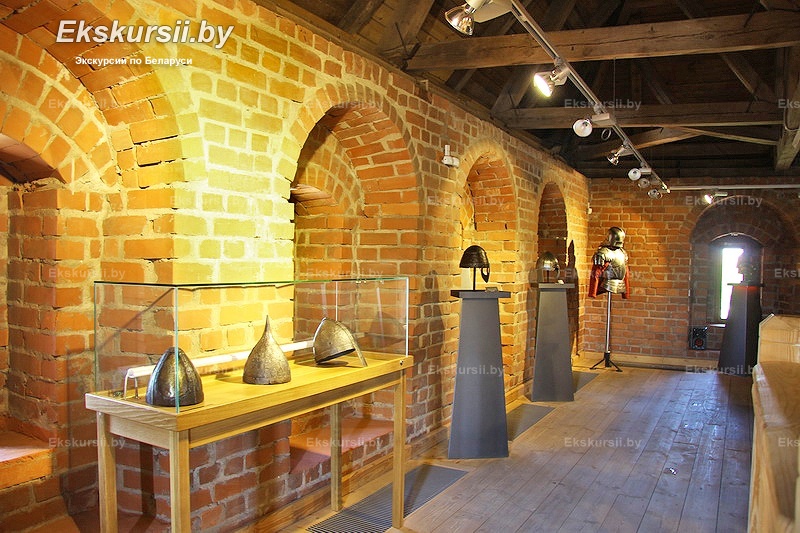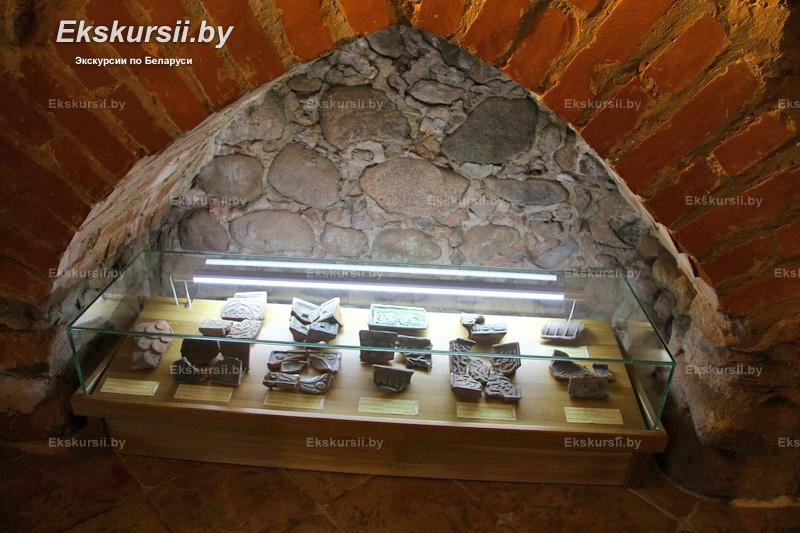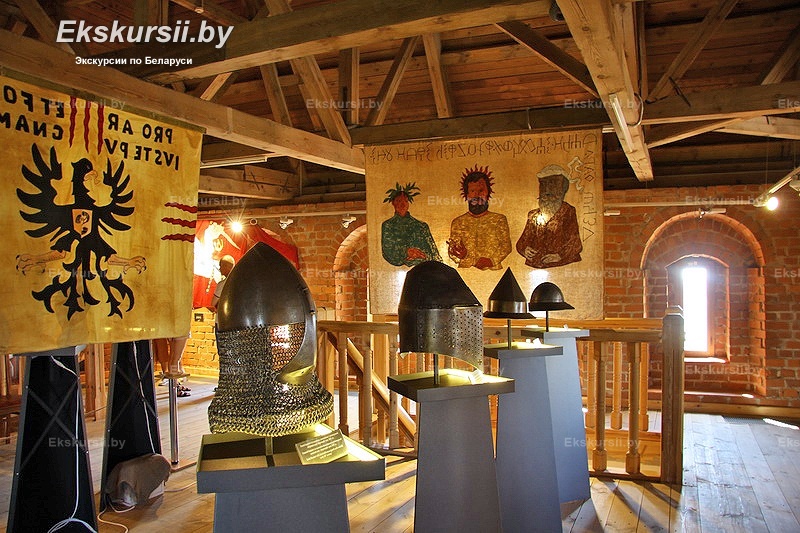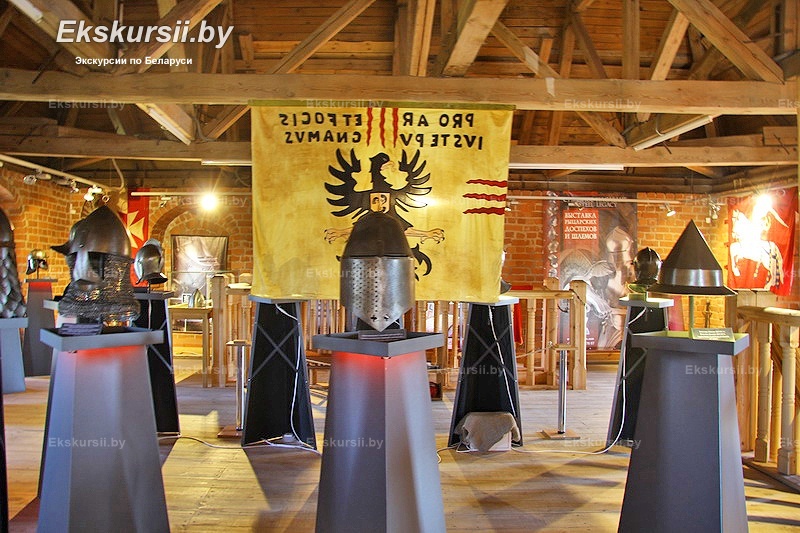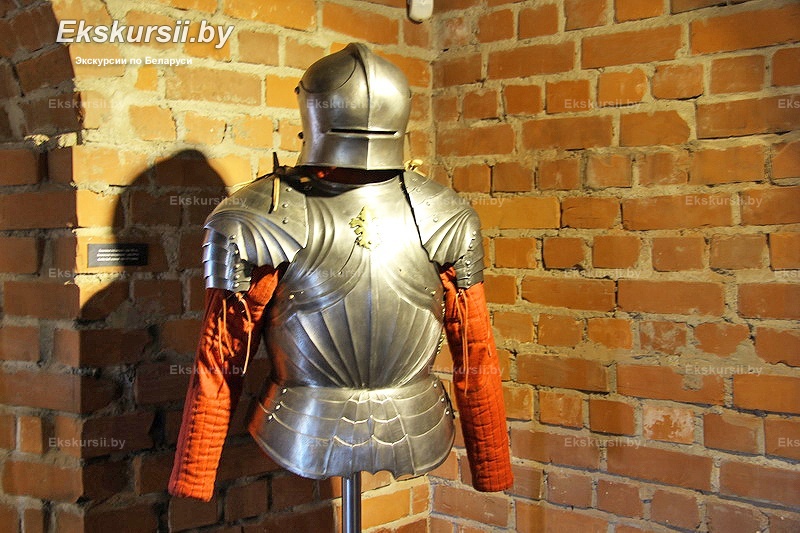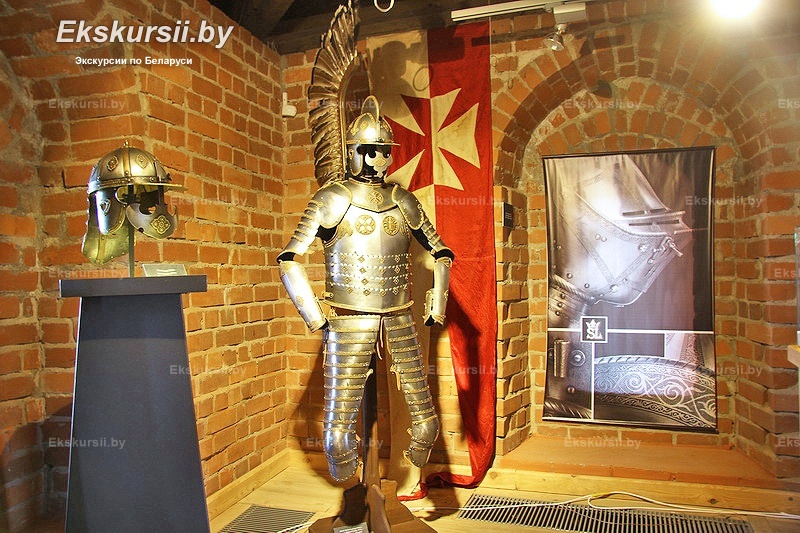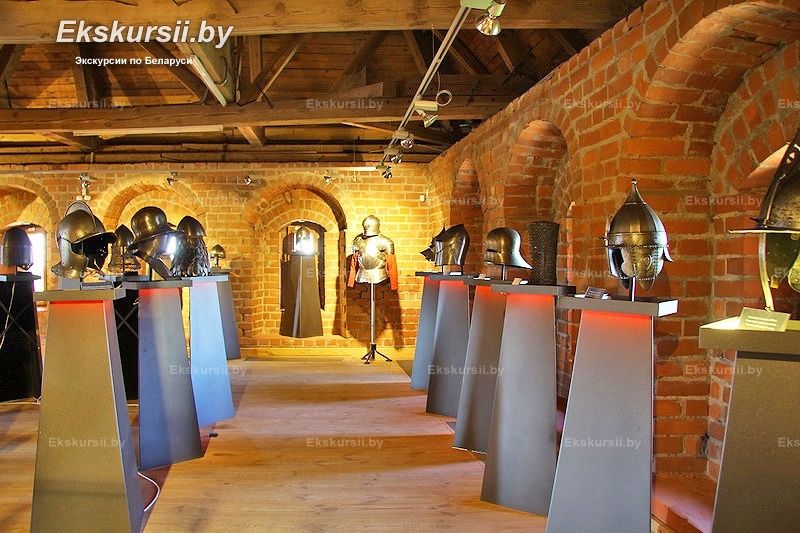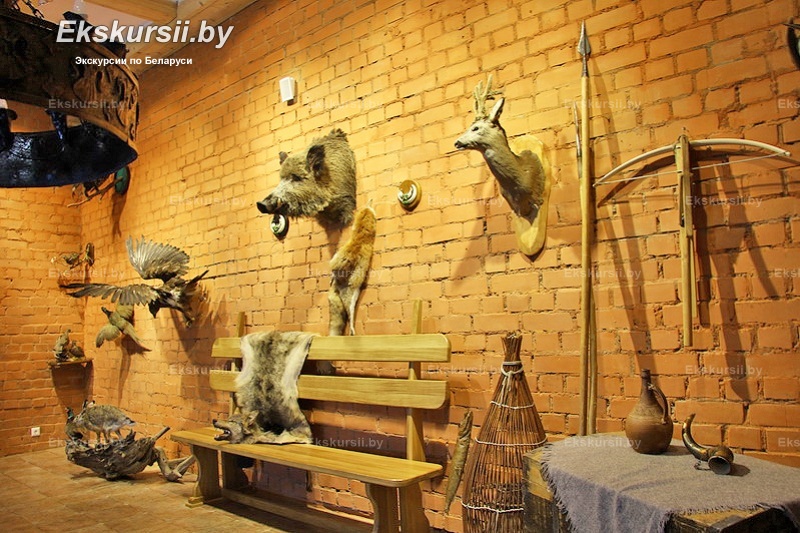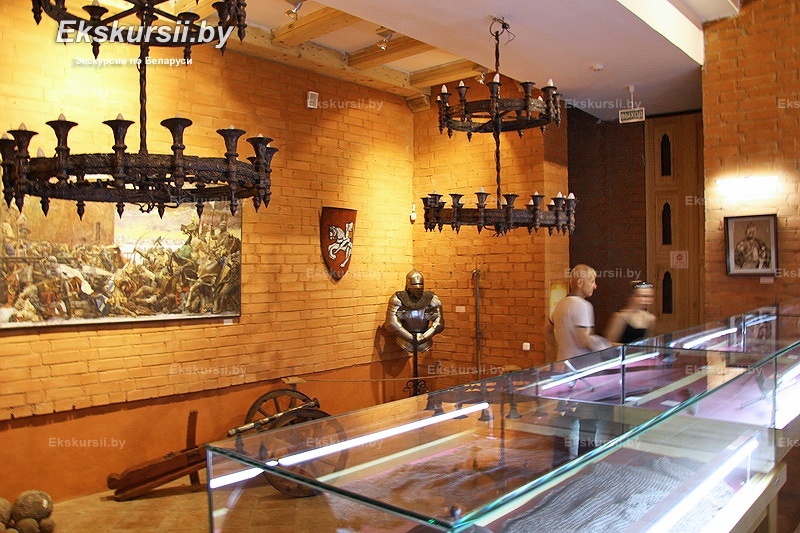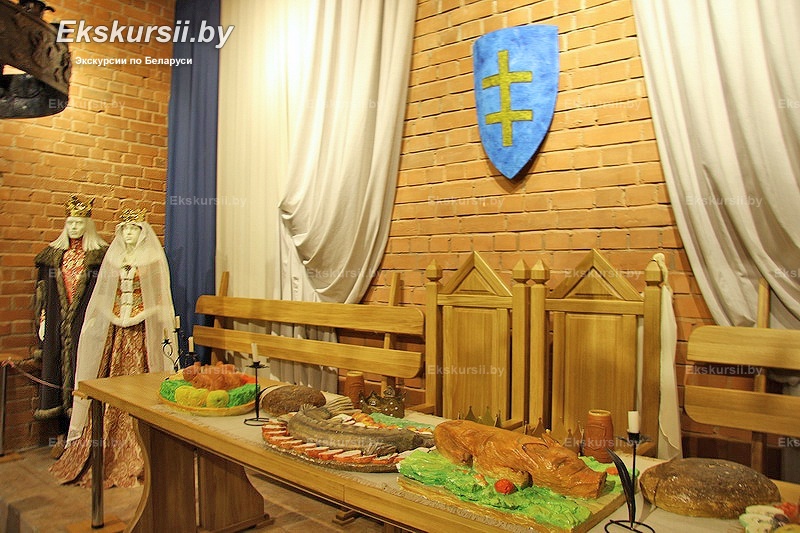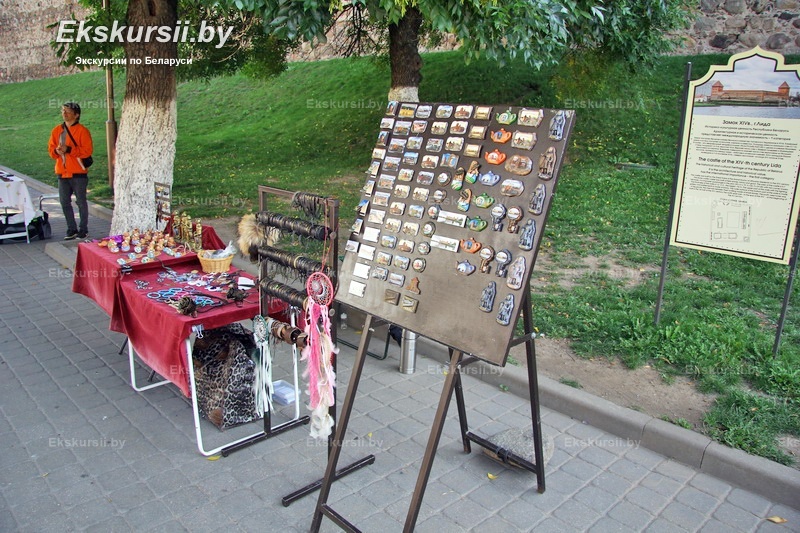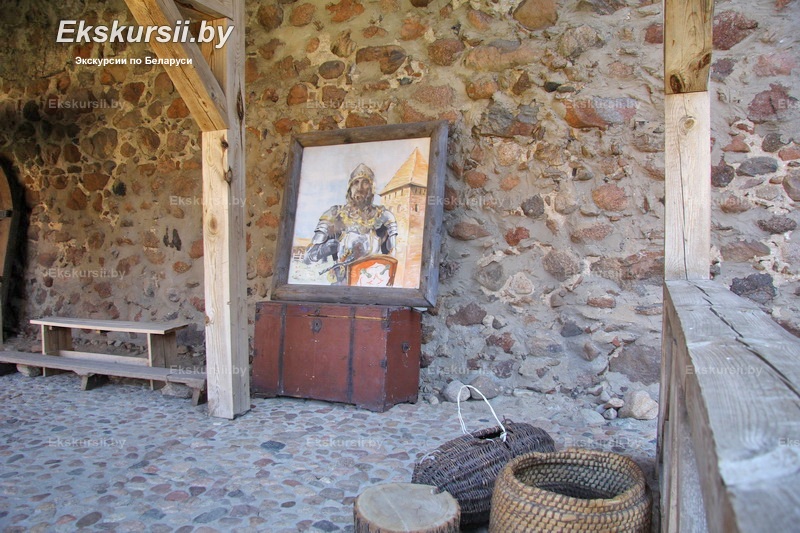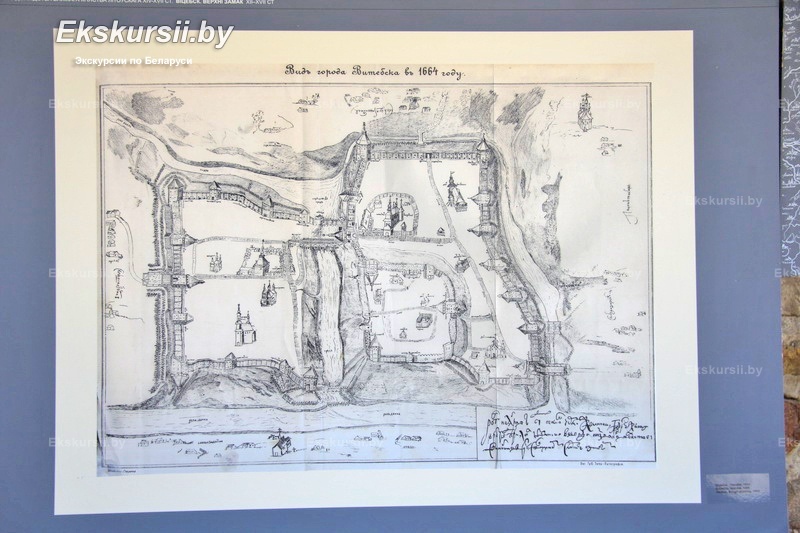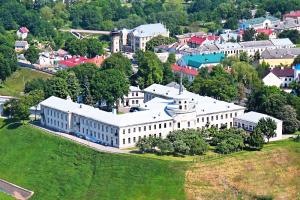History
The history of Lida Castle began in 1323, when construction was ordered by Grand Duke Gediminas to defend the land from the Teutonic Knights. It became part of a strong defensive chain including Navahrudak, Kreva, Medininkai, and Trakai. Over the centuries, the castle witnessed numerous battles: it was captured by the Teutonic Knights in 1384, and in 1392 by Vytautas with English and German knights. Later, it successfully withstood many sieges until it fell to Russian forces in 1659. The last major battle occurred here in 1794 during the Kościuszko Uprising. In the 19th century, after a fire in Lida, part of the castle walls was dismantled. During Soviet times, a stadium occupied the site. Only in the 1980s did conservation and restoration efforts begin.
Architecture
Lida Castle was built from fieldstone and brick, combining features of early Gothic and Romanesque architecture. It has an irregular quadrilateral layout with two rectangular towers positioned diagonally. The upper floors of the towers were adapted for residential use. The castle originally housed an Orthodox church, which was relocated outside the walls in 1533. Despite partial destruction, the castle retains its historical grandeur and atmosphere. Modern restoration has made the site accessible to tourists year-round.
Excursions
An excursion from Minsk to Lida Castle offers a unique chance to experience the living history of Belarus and feel the spirit of chivalric times. The castle can be visited not only as part of a group tour: we are also happy to organize a private excursion around Lida or the surrounding region, tailored to your interests, preferred pace, and thematic focus. No matter the format, it is always an unforgettable journey through time, where pages of Belarusian history come to life.
